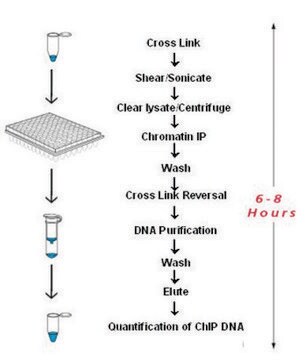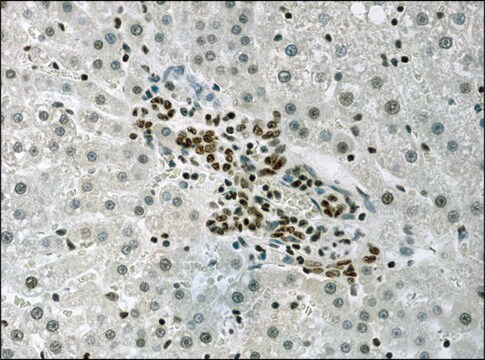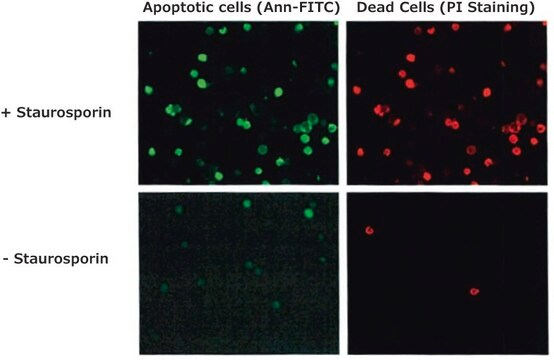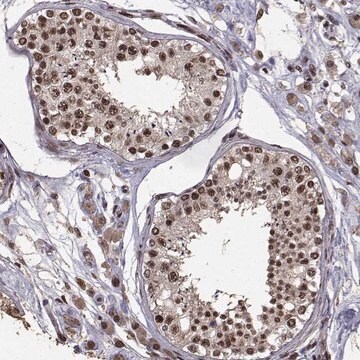17-295
Chromatin Immunoprecipitation (ChIP) Assay Kit
Contains all necessary reagents to perform 22 individual chromatin immunoprecipitation (ChIP) reactions using inexpensive protein A agarose beads.
Synonym(s):
Agarose ChIP Kit, ChIP, Chromatin enrichment, chromatin immunoprecipitation
About This Item
Recommended Products
Quality Level
manufacturer/tradename
EZ-ChIP
technique(s)
immunoprecipitation (IP): suitable
shipped in
wet ice
Related Categories
General description
Packaging
Components
All necessary buffers
Quality
Physical form
Signal Word
Warning
Hazard Statements
Precautionary Statements
Hazard Classifications
Aquatic Chronic 3 - Eye Irrit. 2
Storage Class Code
12 - Non Combustible Liquids
WGK
WGK 3
Flash Point(F)
Not applicable
Flash Point(C)
Not applicable
Certificates of Analysis (COA)
Search for Certificates of Analysis (COA) by entering the products Lot/Batch Number. Lot and Batch Numbers can be found on a product’s label following the words ‘Lot’ or ‘Batch’.
Already Own This Product?
Find documentation for the products that you have recently purchased in the Document Library.
Related Content
Protein and nucleic acid interaction reagents and resources for investing protein-RNA, protein-DNA, and protein-protein interactions and associated applications.
Our team of scientists has experience in all areas of research including Life Science, Material Science, Chemical Synthesis, Chromatography, Analytical and many others.
Contact Technical Service






